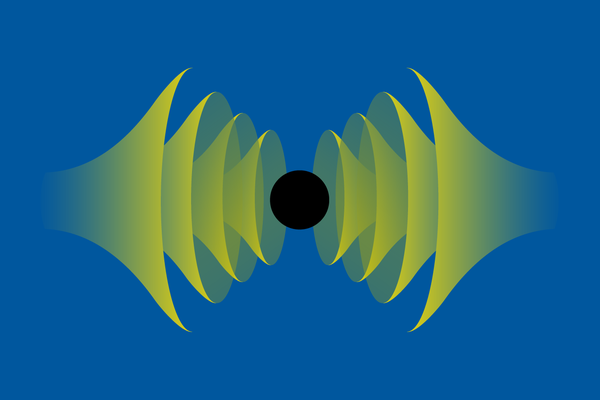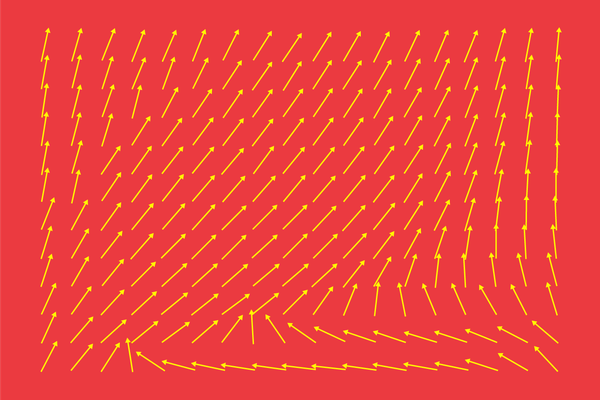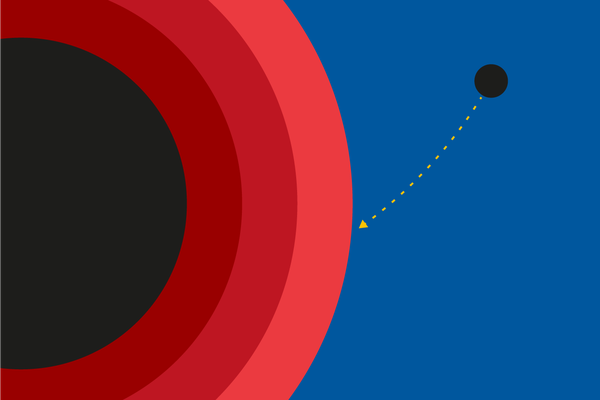Resources
Essential Works
From classical works that we should all read, to lecture notes and student thesis, it’s all here:
Essential Reading
Lecture Notes
Our Graduates' Work
CoG Publications

Student Information
If you enrolled at NBI and want to follow a successful research career, read this:
Essential Skills
Required Courses (Coming soon)

Data and Routines
Here you can find the most important routines and data produced by CoG over the years, use it!
Data and Routines
Video and Audio

Navigating Life and Work as a CoG Member
Below you will find tips on how to enjoy and settle in Copenhagen, information how you can begin your own group, and some useful files:
Life in Copenhagen
Funding Resources
CoG Logo Files
